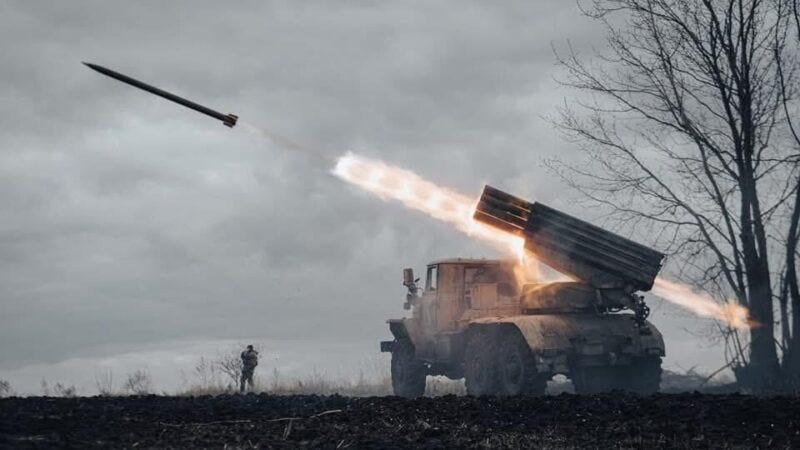The Only Counteroffensive Strategy That Could Break Russian Lines
'You have layers of drone superiority,'explains one analyst. Russian troops would have 'no supplies, no food, no water, no ammo.'
After a swift Ukrainian counteroffensive liberated 18,000 square kilometers of northeastern and southern Ukraine in the fall of 2022, hopes ran high in Kyiv and allied capitals for the next planned counteroffensive: a southern push that Ukrainian leaders hoped would free vast swathes of the south still under Russian control.
But the much-hyped Ukraine counteroffensive, which kicked off along multiple axes in Zaporizhzhia and Donetsk Oblasts in June 2023, quickly faltered.
The Russians knew the Ukrainians were coming. The minefields between the 12 attacking Ukrainian brigades were denser than anyone had anticipated. And the six Russian regiments holding the line opposite the attempted Ukrainian breaches suffered losses, but never collapsed.
“The initial attacks failed and tempo was lost, such that Russia could fight the battle with the full 105,000 troops it had in the target sector,” Jack Watling, Oleksandr Danylyuk, and Nick Reynolds wrote in a 2023 study for the Royal United Services Institute in London. Six months later, the 2023 Ukrainian counteroffensive petered out.
A year and a half later, Russian counterattacks had erased practically all the Ukrainian gains.
Should Ukraine try again?



The mutiny of Russian mercenaries and their march on Moscow showed their vulnerability to a quick attack, there is no defense in depth. Although that situation is likely to have changed at least somewhat due to the successful operations in the Kursk region, I suspect there are still vulnerabilities that can be exploited.